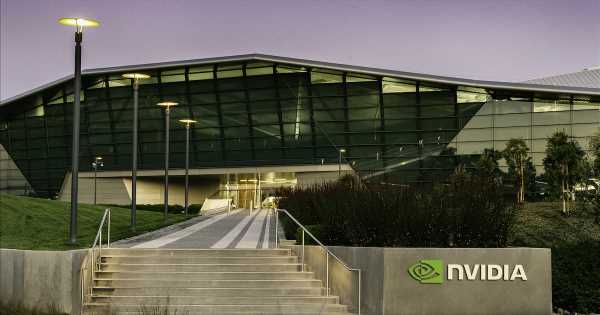As part of NVIDIA’s GTC 2023 conference, the company focusing on metaverse and artificial intelligence across industries announced several AI-driven partnerships to advance medical devices and medical imaging, including its collaboration with Medtronic, the world’s largest healthcare technology provider.
Creating a common platform for Medtronic systems
Medtronic and NVIDIA announced that they are partnering to accelerate the development of AI in the healthcare system and bring new AI-based solutions into patient care.
An integration with NVIDIA Holoscan – a real-time AI computing software platform processing real-time data at the edge designed for building medical devices – and NVIDIA IGX – an industrial-grade edge AI hardware platform – into Medtronic’s GI Genius intelligent endoscopy module will ship by the end of this year, NVIDIA CEO Jensen Huang said in his keynote address yesterday.
Medtronic’s AI-assisted colonoscopy tool has been cleared by the U.S. Food and Drug Administration to help physicians detect polyps that can lead to colorectal cancer. According to NVIDIA’s announcement, the GI Genius integration could support physicians with AI-enhanced diagnostic images to improve colonoscopies and patient outcomes.
Holoscan enables medical devices to deliver the low-latency inference required for AI in a clinical setting.
“Artificial intelligence is a powerful tool that can increase the speed, efficiency and effectiveness of global health systems,” Kimberly Powell, vice president of healthcare at NVIDIA, said in yesterday’s announcement.
“We’re collaborating with Medtronic to accelerate AI innovation by enabling a software-defined business model, with the goal of improving clinical decision-making, reducing medical variability and driving better patient outcomes,” she said.
Additional integrations with Holoscan and IGX could allow developers to train and validate AI models, and then host the AI-powered applications on Medtronic’s GI Genius AI Access Platform, a marketplace for software-as-a-medical-device applications.
Assisting with robotic surgery and advancing medical images
NVIDIA said Holoscan was also recently used at the Belgium-based ORSI Academy surgical training center in the operating room to support robot-assisted surgery.
“At Onze-Lieve-Vrouw Hospital, urologists trained at ORSI successfully removed the patient’s kidney using Intuitive’s da Vinci robotic-assisted surgical system, with the help of an augmented reality overlay of the patient’s anatomy from a CT scan, rendered in real-time and AI-augmented with Holoscan,” the company said in a separate announcement.
“The metaverse holds the power to transform healthcare in manifold ways. It allows seamless collaboration for personnel across the industry and geography to knowledge-share and collaborate,” said Pari Natarajan, CEO of Zinnov, a global management and consulting firm focusing on digital transformation in healthcare.
“It will become very easy for healthcare specialists across the globe to assist in key surgeries, using robots and augmented reality technology,” he told HealthcareITNews last month.
NVIDIA’s Clara ecosystem, which also includes BioNeMo for drug discovery, Parabricks for genomics and MONAI for medical imaging, is being used by more than 100 partners, NVIDIA said.
MONAI helps create healthcare AI applications that can label and analyze medical images.
NVIDIA also noted that Flywheel, a biomedical research data platform, is incorporating MONAI in its offerings. That company partnered with the University of Wisconsin Radiology Department to develop a model-based image classifier that predicts and labels the body regions present in medical images.
Andrea Fox is senior editor of Healthcare IT News.
Email: [email protected]
Healthcare IT News is a HIMSS Media publication.
Benjamin Knisely and Holly Pavliscsak will offer more detail during their HIMSS23 session ” Natural Language Processing to Identify Unmet Needs in Military Medicine.” It is scheduled for Tuesday, April 18, at 11:45 a.m. – 12:15 p.m. CT at the South Building, Level 1, in room S104.
Source: Read Full Article
